LONDON — New equipment built by Spanish manufacturer CAF is now in use on all overnight trains between London and destinations in Scotland.
Since mid-October, the new equipment has been in use on trains operated by British outsourcing firm Serco under the Caledonian Sleeper name. The franchise contract to operate them was awarded by the Scottish government in 2015. The 75 new cars were funded by the United Kingdom and Scottish governments at a cost of €200 million ($ 222 million); the order included 53 sleeping cars, 11 lounge diner cars, and 11 First Class seating cars.
First introduced in April 2019 on trains from London to Glasgow and Edinburgh, the new equipment had some initial teething problems. This delayed replacement of all former British Rail-built cars, dating from the 1970s and 1980s, for several months. The new cars were introduced onto routes serving the north of Scotland in mid-October. The service from London to Inverness, Aberdeen, and Fort William runs as a combined set from London to Edinburgh, where it is divided into three trains from Edinburgh to the various destinations.
The cars in each train include seating cars, each with just 30 reclining seats; a lounge diner where passengers can buy meals and drinks, and several types of sleeper accommodation, including rooms large enough for wheelchair access. Some rooms have twin bunk beds, which can also be bought as a single-person room; others are equipped with a double bed. All rooms are equipped with card access locks and amenity kits are provided. Most but not all include their own toilets in a space which doubles as a wet room/shower. These are sold as Club rooms; Club fares also include breakfast.
More information is available at the company website.
Fares vary by accommodation type and destination; sleeper fares are for the entire room, so single and double occupancy have the same price. Tickets range from roughly £170 ($220) for a twin-bunk room without a toilet to £470 ($605) for rooms with a double bed. Passengers with railpasses such as Eurail, Interrail or BritRail can pay a reduced rate, although use of the sleeper seat car is free to pass holders (with a free but required reservation).
The ‘Caledonian Sleeper’ trains are operated between London and Edinburgh by freight company GB Railfreight, using six-axle ‘Class 92’ electric locomotives originally built in the 1990s for freight service through the Channel Tunnel between the U.K. and France. North of Edinburgh, the trains use re-manufactured ex British Rail ‘Class 73’ locomotives dating from the mid-1960s (with new MTU-manufactured 1,600-hp diesel engines).
The new equipment serves some of the most scenic railway lines in Britain with great views of the Scottish Highlands on both the Inverness and Fort William routes; long northern daylight hours in summer mean passengers can enjoy these views in both directions.
There are no current plans to replace the equipment on Britain’s other sleeper service, between London Paddington station and Penzance in the far west of England. The Night Riviera service is provided by franchised operator Great Western Railway and uses refitted ex-British Rail equipment.





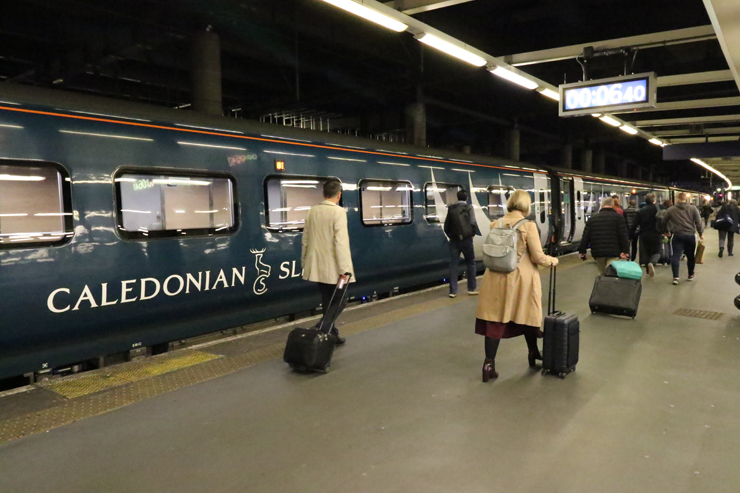
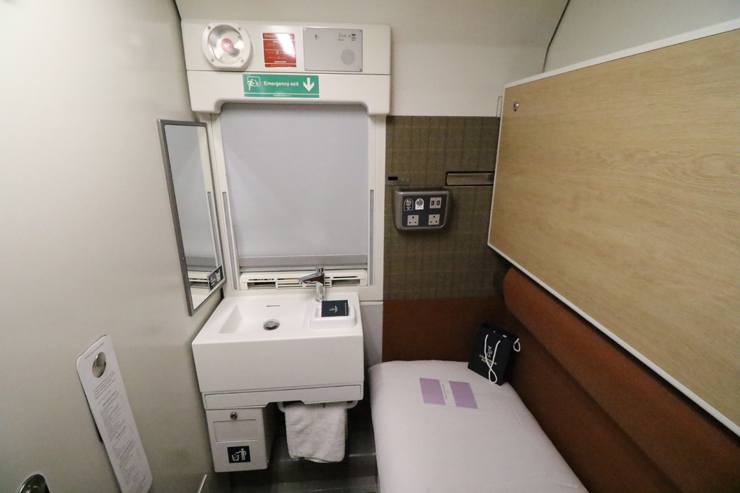
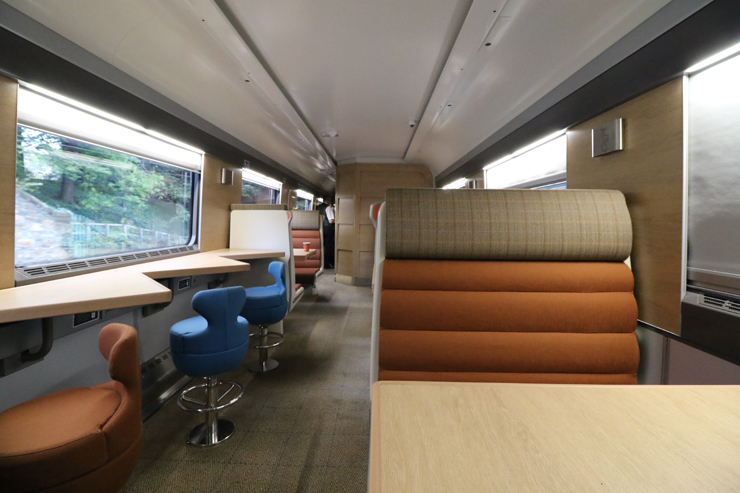

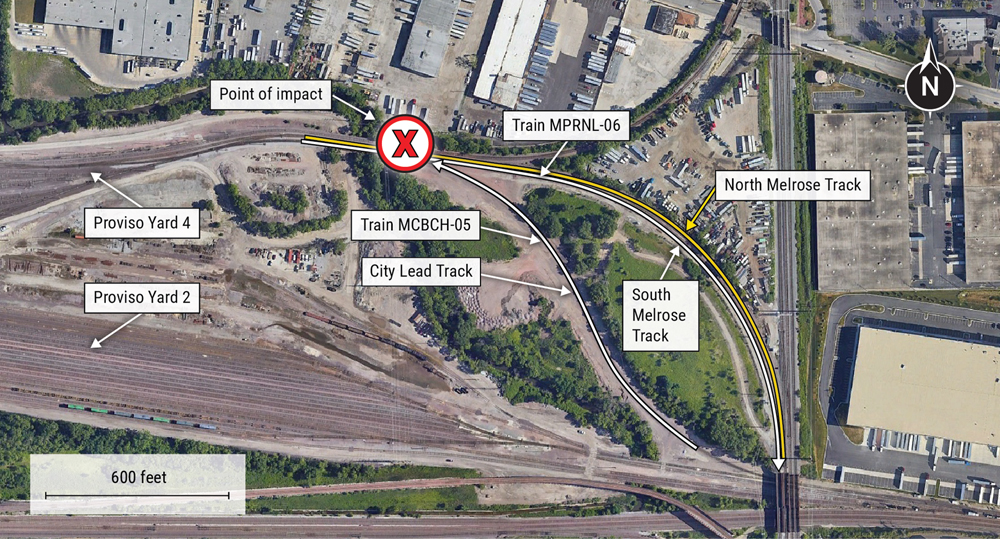
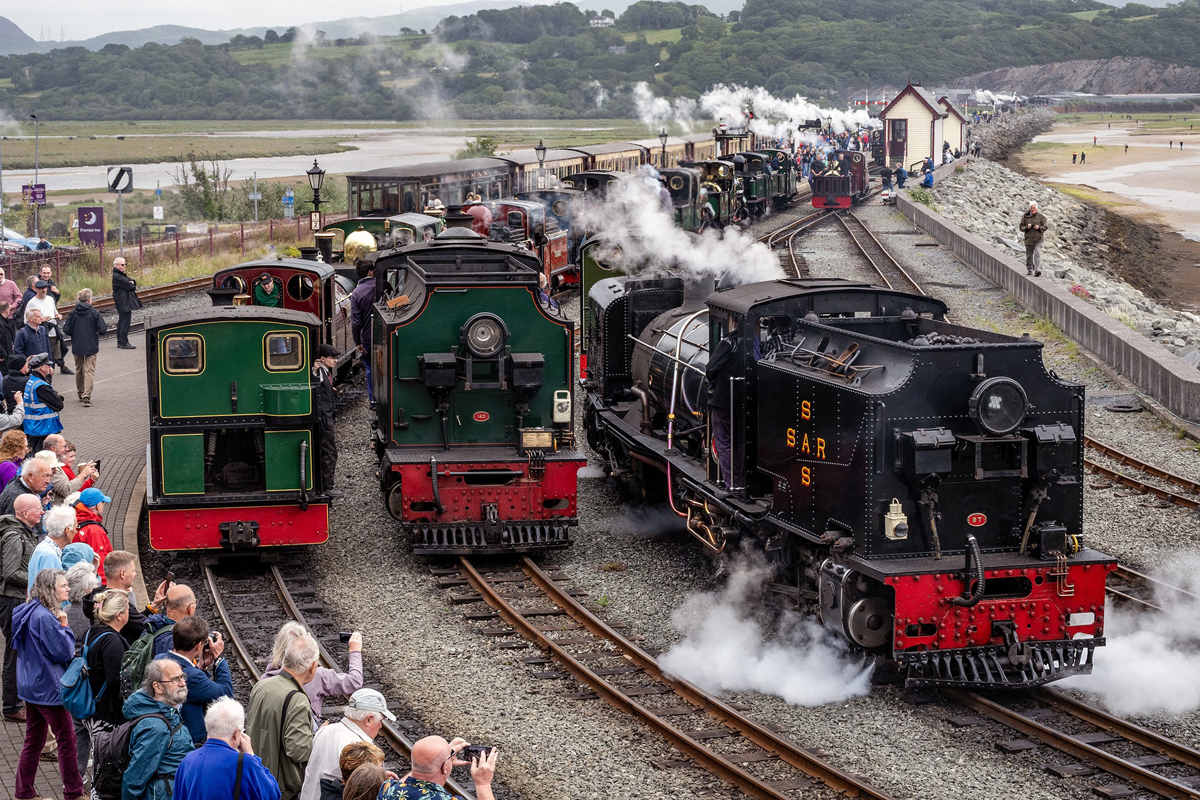






For those interested in European sleeping cars, Todays Railways Europe (published by Platform 5 Publishing) has in their current issue an article about European sleeping cars.
There have been drastic cuts to them in the past years but it appears there may be a renaissance.
Can anyone tell us how the $222 M cost compares with what it costs Amtrak for any new equipment it orders?
Too bad Amtrak can’t match these cars. Their next equipment order will probably be vending machines placed in their almost new baggage cars……
Per a 10-24-2013 (!) Amtrak news release, the US price was $298.1 Million USD for 130 cars: 25 sleepers, 25 diners, 25 bag-dorms and 55 baggage. The UK price cited above was $222 Million USD for 75 cars: 53 sleepers, 11 lounge-diners and 11 reclining seat coaches (30 seats).
I can’t speak for the economics or financial structure of UK rail, but here we see what happens when rail transport is seen as a public good.
The above comments are genetic in nature and do not form the basis for an attorney/client relationship. They do not constitute legal advice. I am not your attorney. One of God’s own prototypes. A high-powered mutant of some kind never even considered for mass production. Too weird to live, and too rare to die.
Mr Carleton, Mr Rice, we could still be waiting for the baggage cars. Look on the bright side.
“Amtrak ordered Viewliner IIs in 2010, also from CAF, and construction is still ongoing.’
The ghost of Acela returns just in time for halloween.
For those keeping score: Serco ordered the new Mark V stock for this train from CAF in 2015 and they are all in service as of this year. Amtrak ordered Viewliner IIs in 2010, also from CAF, and construction is still ongoing.
Are you listening, Amtrak?
Reserve early and get the best rates. I have ridden both services – Paddington to Penzance and Euston to Fort William and Inverness. Both are great services.